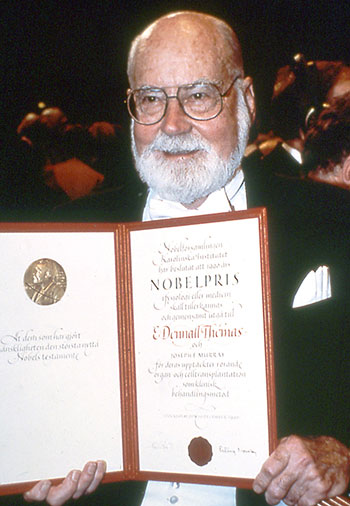The Early Years: 1927-1940
Our History
The history of our institute is deeply
rooted in research.
The first formal research program at Bassett began with the arrival of Dr. George Miner Mackenzie, Bassett’s first “medical scholar”. In 1927, Dr. Mackenzie came to Bassett as physician-in-chief, also opening a research lab in bacteriology. Under his direction, Bassett began its development into what we would now identify as an academic institution, including medical research, a robust medical library, clinical and research labs, and the teaching of future medical professionals. In 1929, the Board of Directors declared part of the four-pillared purpose of the Mary Imogene Bassett Hospital to be “to conduct medical research”.
Several areas of research that are now core areas of Bassett’s mission emerged during this time and into the 1930’s with the additional contributions of Dr. John H. Powers (rural trauma and farm health/injury) and Drs. Marjorie Murray and David Kydd (relationships between health and school performance). This is in addition to Dr. Mackenzie’s continued work in immunology and bacteriology. One can follow the effects of the work of these physician investigators through to the Nobel Prize winning work of Dr. E. Donnall Thomas in human bone marrow transplantation, the development of the New York Center for Agricultural Medicine & Health (NYCAMH), and the award winning School Based Health Center program.


1940-1950
In the 1940’s, Dr. Powers carried out groundbreaking research on the beneficial effects of early ambulation after surgery. Catalyzed by the death of a colleague who suffered fatal pulmonary embolisms after surgery for appendicitis, Dr. Power’s three year study examined the effects of early ambulation post-surgery, during a time when it was routine to keep patients on bedrest for 10 days after a major surgical procedure or event. While this first study did not definitively prove that early ambulation prevented pulmonary embolism specifically, it did show that overall complication rates, hospital length of stay, and overall recovery time were all significantly reduced with early ambulation. Dr. Power’s work contributed to a major paradigm shift nationwide in the care of patients after surgery, childbirth, and other major medical events.
In 1947, Dr. Joseph Ferrebee began his Bassett research career building on Dr. Mackenzie’s work in immunology. This work and Dr. Ferrebee’s inspiring and intellectual leadership paved the way for major research accomplishments at Bassett for years to come.

1950-1960
The 1950’s brought forth a new era for sustaining research at Bassett, including the construction of a dedicated Research wing , the establishment of the Bassett Research endowment by Stephen C. Clark, and the arrival in 1955 of the man who would become Bassett’s most celebrated physician researcher, Dr. E. Donnall Thomas.
Dr. Thomas began working with Dr. Ferrebee and a multidisciplinary team of researchers on the problem of treating acute leukemia. After just two years of work, the first human bone marrow transplant was performed at Mary Imogene Bassett Hospital. While initially unsuccessful, the first successful transplant was accomplished at Bassett in 1958 in a young girl who received the transplant from her identical twin sister. This was the first step in developing a revolutionary treatment for acute leukemia that would vastly improve survivability. Dr. Thomas was awarded the Nobel Prize for Medicine in 1990.


1963- Present
With the departure of Dr. Thomas in 1963 and the retirement of Dr. Ferrebee in 1974, research at Bassett shifted away from its immunology and transplant work roots and branched out with investigators from many different disciplines.
The Research Institute of the Mary Imogene Bassett Hospital, now known as the Bassett Research Institute, was formally created in the early 1980’s. Thomas Pearson, MD, PhD served as Director from 1988 to 1997. Dr. Pearson led the Research Institute in epidemiological studies, with special attention to heart health and rural populations. His influence in these areas of study are still felt today.
Bench science continued at the Research Institute until the early 2000’s when funding constraints and difficulty competing with larger academic research centers for increasingly limited resources caused the labs to be closed.
The Bassett Research Institute has continued to evolve, contributing to knowledge acquisition in various topics in rural health, chronic disease self-management, obesity, and healthy aging.
Source: BASSETT HOSPITAL in Cooperstown, NY: 200 Years of Health Care in Rural America, John S. Davis, MD; 2016, Bassett Healthcare Network.
BRI Gallery

One Atwell Road
Cooperstown, NY 13326
607-547-3456
1-800-BASSETT (227-7388)
© 2023 Bassett Healthcare Network Research Institute








